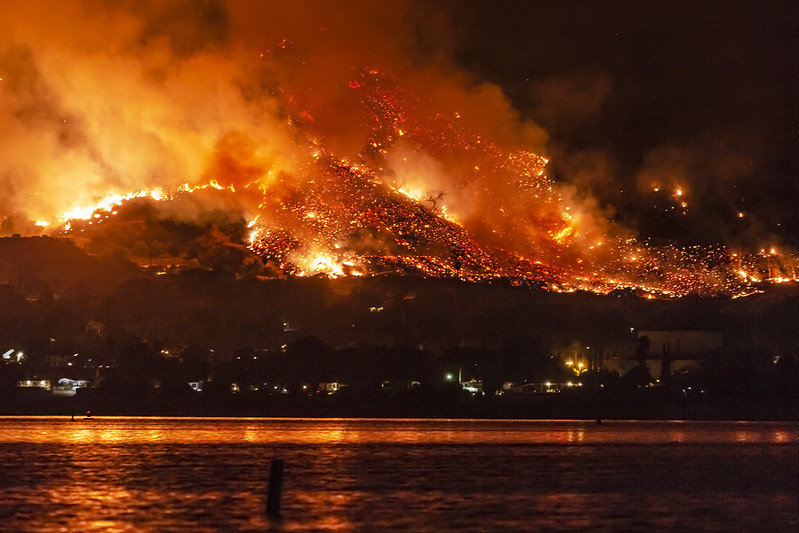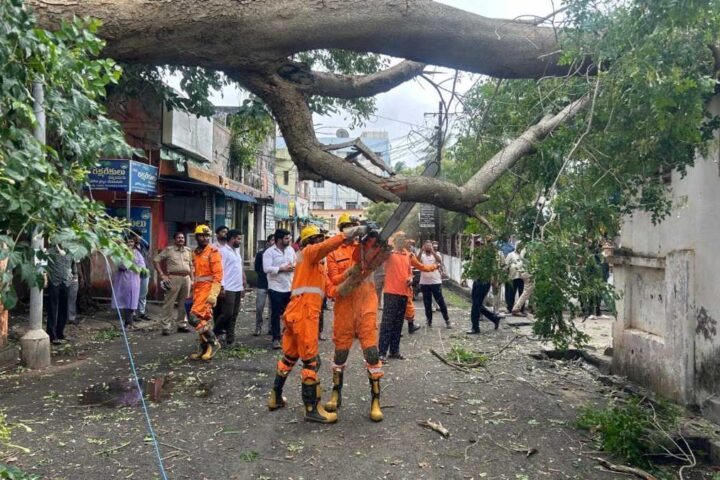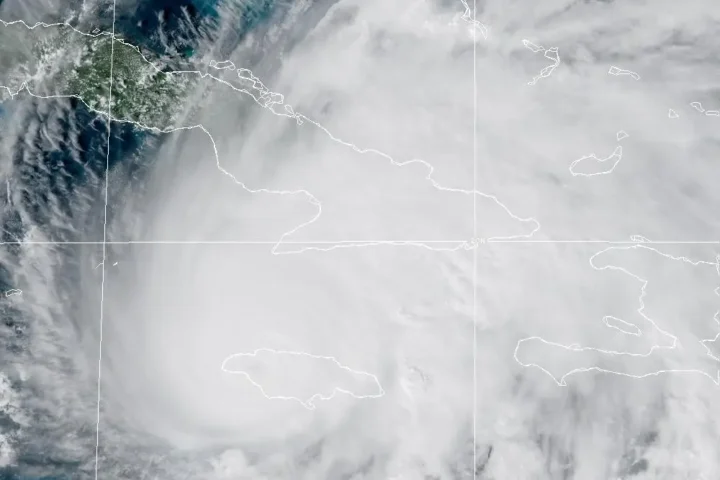Soot from large wildfires in California traps sunlight, making days warmer and drier than they ought to be, according to a new study by the University of California Riverside. The effect of climate change on wildfires is studied by many universities and other institutions. Whether large fires are also changing the climate is the purpose of the present study.
James Gomez, lead study author and UCR doctoral candidate, said, “I wanted to learn how the weather is affected by aerosols emitted by wildfires as they’re burning.” Peak fire days and emissions from every fire season over the last twenty years were analyzed by Gomez to find his answers about wildfires. The study, published in the journal Atmospheric Chemistry and Physics, found that large fires did have an effect on climate. Gomez said, “It appears these fires are creating their own fire weather.”
Temperatures were about 1 degree Celsius warmer per day during the fires in Northern California, where fire-fueling vegetation is denser than elsewhere in the state. According to Gomez, fires emit smoke with black carbon or soot that absorbs sunlight more readily than bright or reflective things. There are two types of aerosols: reflective and absorptive. Byproducts of fossil fuel burning, sulfate aerosols, are reflective and can cool the environment.
An unfortunate byproduct of improving air quality by reducing sulfate aerosols is pointed out by the UCR research. Sulfate aerosols can also help make clouds brighter, more reflective, and more effective at cooling the planet. Absorptive aerosols have the opposite effect. Light and heat in the atmosphere are trapped by these aerosols. They can raise temperatures. The most common aerosol emission from wildfires is black carbon. It is an absorptive aerosol. It not only directly makes temperatures hotter but indirectly as well by discouraging cloud formation and precipitation.
Similar Posts
The researchers note that the only way to prevent additional wildfires when cleaning up reflective sulfate air pollution is to simultaneously reduce emissions of greenhouse gases like carbon dioxide and methane. To conclude, according to a new study by UC Riverside, large wildfires create weather that favors more fire and this opens more areas for study to eventually to reduce wildfire instances.

















